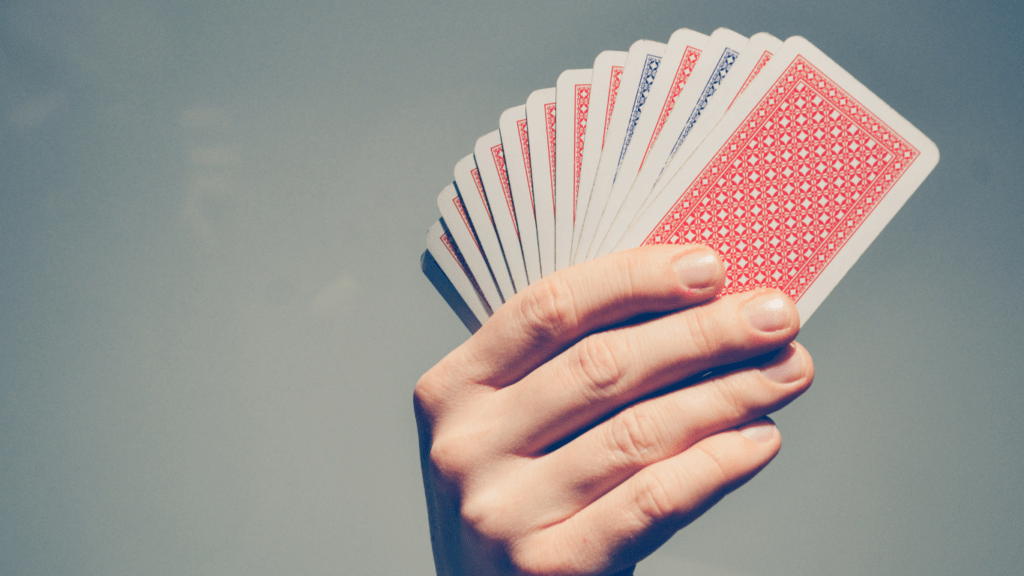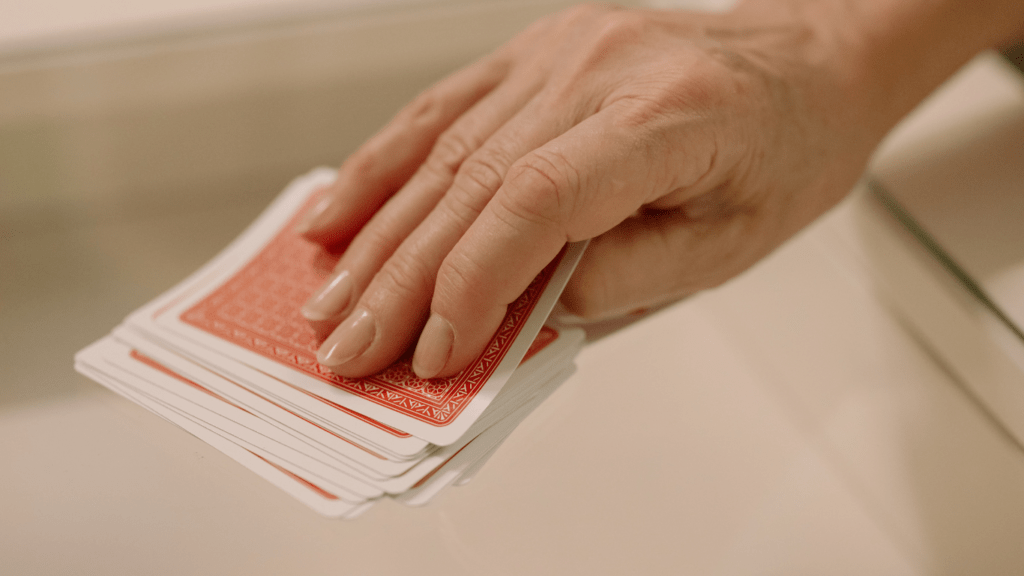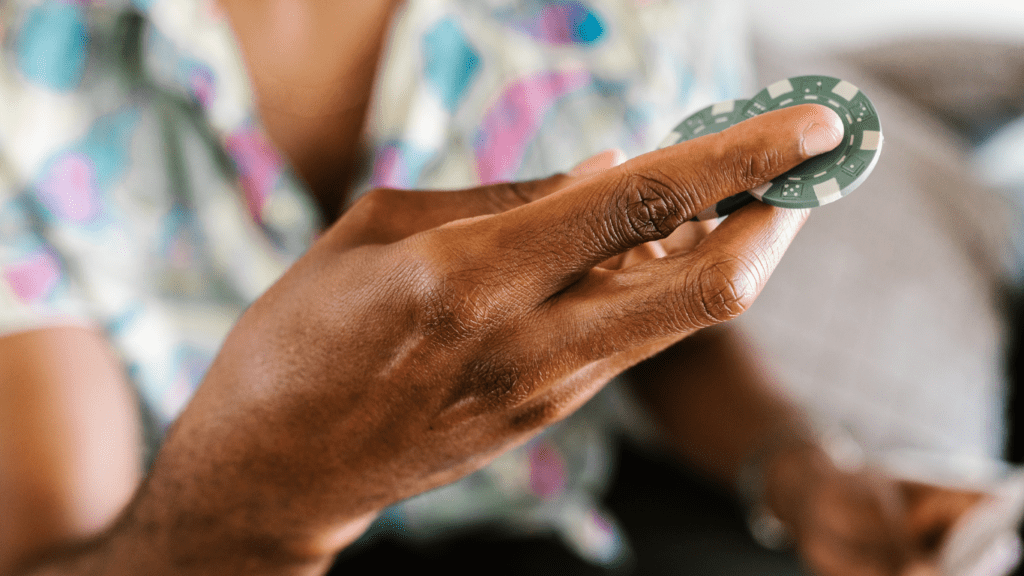Stepping into the world of poker, mastering the art of bluffing can be the difference between a novice player and a seasoned pro. In this high-stakes game of skill and strategy, the ability to deceive your opponents with a well-timed bluff is a powerful weapon in your arsenal.
As I delve into the intricacies of bluffing in poker, I’ll share insights on how to use deception to gain the upper hand at the table. Bluffing is not just about tricking your opponents; it’s a calculated risk that requires a keen understanding of human psychology and game dynamics.
Through this article, I aim to unravel the secrets behind successful bluffing techniques that can tilt the odds in your favor. Join me on this journey to discover how mastering the art of deception can elevate your poker game to new heights.
Exploring the Art of Bluffing in Poker
- Psychological Mastery: Bluffing in poker goes beyond deception; it involves understanding opponents’ psychology, observing their behavior, and exploiting weaknesses to gain an advantage at the table.
-
Timing and Game Dynamics: Effective bluffing requires precise timing and a solid grasp of game dynamics, including odds and pot size, allowing for well-calculated bluffs that keep opponents guessing and off-balance.
Importance of Mastering Bluffing Techniques
Bluffing in poker is a skill that goes beyond deception; it’s a strategic tool that can greatly impact a player’s success at the table. By mastering bluffing techniques, I can tip the scales in my favor and outmaneuver opponents effectively.
Understanding Psychological Aspects of Bluffing
In poker, understanding the psychological aspects of bluffing is crucial. It’s not just about the cards I hold; it’s about understanding my opponents’ thoughts and reactions. By gauging their psychology, I can make calculated bluffs that are more likely to succeed.
Recognizing Bluffing Opportunities
Recognizing bluffing opportunities is a key aspect of mastering this skill. Timing is everything in poker, knowing when to bluff and when to fold can make or break a game. By carefully assessing the game dynamics, pot size, and my table image, I can identify the perfect moments to execute a successful bluff.
Strategies for Successful Bluffing
Bluffing Frequency and Timing
Bluffing frequency and timing are critical aspects of a successful bluffing strategy in poker. I’ll explain how finding the right balance between bluffing often enough to keep opponents guessing and choosing the correct moments to bluff can greatly influence your overall success at the table.
It’s essential to vary your bluffing frequency to prevent opponents from identifying patterns in your play style. By mastering the timing of your bluffs, you can capitalize on strategic opportunities to deceive your opponents effectively.
Mastering Bluffing Tells
Exploring bluffing tells in poker is a fascinating journey into the world of psychological warfare at the poker table. Understanding and leveraging these subtle cues can give me a significant advantage over my opponents. Bluffing tells are the unconscious behaviors or actions that reveal the strength or weakness of a player’s hand. It’s essential for me to pay close attention to these signals to make informed decisions during gameplay.
Being observant is a key skill when it comes to deciphering bluffing tells. I should watch my opponents closely for any deviations from their typical behavior. For example, if a player suddenly becomes more talkative or shifts uncomfortably in their seat, it could indicate nervousness associated with bluffing. These subtle changes in body language or speech patterns can offer valuable insights into the strength of their hand.



 Josephers Franklinster
Founder & Chief Strategist
Josephers Franklinster is the founder and driving force behind Pro Gamble Genius. With over a decade of hands-on experience in the gambling world, Josephers has cultivated a unique perspective that merges industry knowledge with an intuitive understanding of gambling psychology. His expertise spans across casino operations, advanced poker strategies, and the emerging fields of cryptocurrency betting. Passionate about empowering others, Josephers established Pro Gamble Genius as a platform where gambling enthusiasts of all levels can access trustworthy insights and actionable advice. His commitment to delivering in-depth analysis and strategic foresight has helped shape the platform into a comprehensive resource for anyone looking to make informed decisions in the ever-evolving landscape of gambling. Known for his innovative thinking and strategic vision, Josephers is continually exploring new ways to enhance the platform and serve its audience.
Josephers Franklinster
Founder & Chief Strategist
Josephers Franklinster is the founder and driving force behind Pro Gamble Genius. With over a decade of hands-on experience in the gambling world, Josephers has cultivated a unique perspective that merges industry knowledge with an intuitive understanding of gambling psychology. His expertise spans across casino operations, advanced poker strategies, and the emerging fields of cryptocurrency betting. Passionate about empowering others, Josephers established Pro Gamble Genius as a platform where gambling enthusiasts of all levels can access trustworthy insights and actionable advice. His commitment to delivering in-depth analysis and strategic foresight has helped shape the platform into a comprehensive resource for anyone looking to make informed decisions in the ever-evolving landscape of gambling. Known for his innovative thinking and strategic vision, Josephers is continually exploring new ways to enhance the platform and serve its audience.
